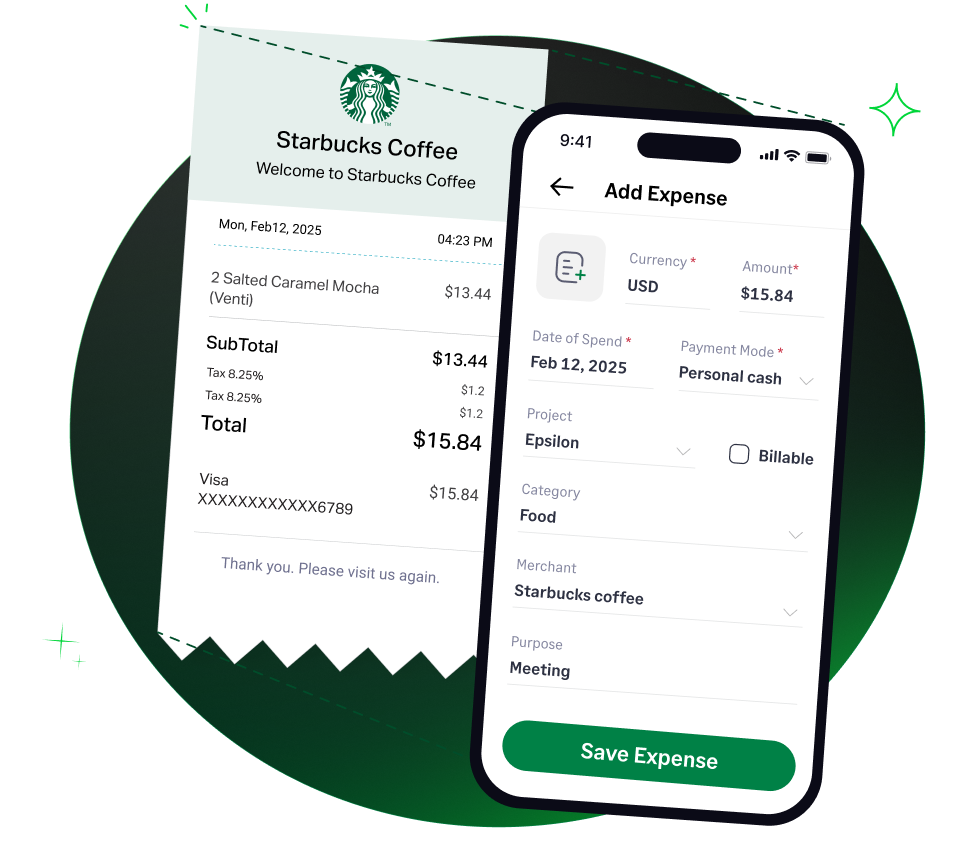✨ Exciting news: Fyle is now part of the Sage family! Learn more in our press announcement >
 4.6/51670+ reviews
4.6/51670+ reviewsFor the modern church, managing a congregation effectively requires specialized tools. Church Management Software (ChMS) is an essential platform for tracking membership, managing donations, coordinating volunteers, and organizing events. The recurring subscription fees for these systems are a fundamental and necessary cost of ministry operations.
For church administrators and treasurers, it is crucial to categorize these expenses correctly for accurate financial reporting and compliance with IRS requirements. This guide will clarify how to classify Church Management Software subscription fees based on standard accounting principles and how to track them for transparent stewardship.
The monthly or annual fees you pay for a Church Management Software subscription are an ordinary and necessary operating expense. Since you are paying for the use of a software platform that you do not own, these costs are best classified under dues and subscriptions or rent expense, based on the principles in IRS Publication 535.
For a church's functional accounting, these costs are typically categorized as a management and General (Administrative) Expense, as the software supports the overall infrastructure of the organization.
The most critical factor for nonprofit compliance is to accurately allocate the cost of the software based on how it is used.
This is a key principle for nonprofit accounting. A Church Management Software often serves multiple functions. For accurate reporting on the Form 990, you should allocate the cost of the software based on its use:
If you pay for a multi-year Church Management Software subscription in advance, you cannot deduct the entire cost in the year of payment. IRS rules require you to prorate the expense and deduct only the portion that applies to the current tax year.
Properly accounting for your Church Management Software subscription is essential for your organization's financial statements and annual IRS reporting.
For organizations that file a Form 990, the cost of the ChMS subscription is reported in Part IX (Statement of Functional Expenses). The total cost is allocated across Column (B) Program services, Column (C) Management and general expenses, and Column (D) Fundraising expenses, based on your allocation methodology.
You must have documentary evidence to substantiate the expense. Your records should include:
Fyle helps you manage and document your software subscriptions, ensuring every payment is captured and correctly allocated for financial reporting.




